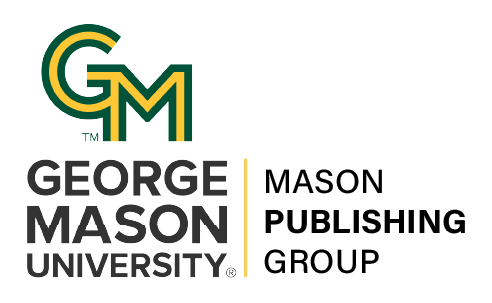Preparing for the Worst: How to Use Simulations to Enhance Skill Acquisition and Retention
DOI:
https://doi.org/10.13021/G81C7CKeywords:
learning strategies, experiential learning, team-based learning, problem-based learning, active learningAbstract
One of the most valuable techniques college and university faculty have for facilitating active learning is the use of simulations. Simulations are exercises that replicate to a greater or lesser degree real-life scenarios in the safe environment of a classroom. Because they help students integrate practical skills in shared responses to problems, they are regularly employed in professions where quick, accurate reactions are necessary, such as medicine, aviation, and the military, but they can be useful in other disciplines, as well. Simulations promote both "deep learning" in a particular subject, so that lessons are understood more thoroughly and retained longer, and an interdisciplinary approach to issues, since typically those engaging in simulations are required to enact a variety of roles representing different areas of expertise. In this presentation, we plan to demonstrate the role of simulations in crisis communication, modeled on pedagogical techniques each of us has used in the classroom. In order to make the presentation relevant to teachers from a variety of disciplines, we will relate the planning, enactment, and outcomes of the simulation we run to other fields, as well. Participants should come prepared to play active roles in a crisis simulation.
During the session, we presented a crisis communication scenario to the participants, based on the real-life situation caused by Hurricane Isabel in the Mid-Atlantic region in 2003. First we set the stage with the scenario, explaining the great damage that the storm inflicted, using actual damage estimates from contemporary accounts. Then we broke the participants into groups representing political leaders, emergency responders, journalists, and citizens, with general guidance about how members of each group might have reacted under the stressful circumstances they found themselves in. After allowing the groups to organize themselves and discuss their options. we brought all the groups together to interact with each other, expressing their opinions about how the other groups were responding to the aftermath of Isabel. Later we debriefed the entire group to find out what strategies participants found effective and which they did not. By enacting the scenario we sought to provide "deep learning," which is the result of engaging more fully with a scenario than merely reading and talking about it.




